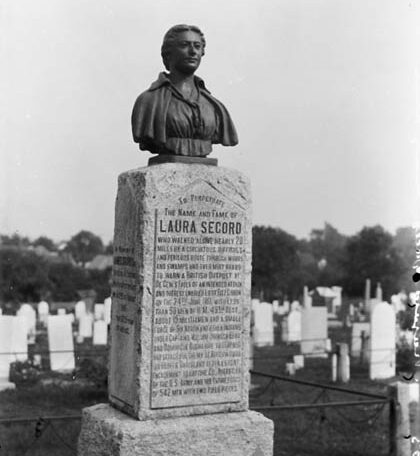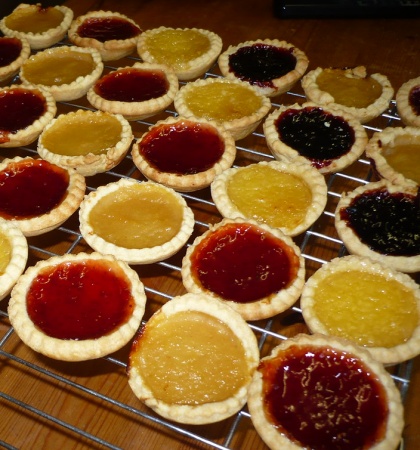Resources for Elementary Students (Grade 4, 5, 6)
Monuments: Remembering the Past
In this activity students will take a closer look at the monuments that we find across Canada in our communities. The historical significance of events and figures will be explored. Students will also reflect on the meaning(s) anchored to monuments and the purpose of memorialization. The lesson finishes with the students designing their own monument (a labeled sketch). (This lesson will take at least 1 hour).
Click to download the “Monuments” PDF
The Royal Canadian Legion
This lesson explores the history and significance of the Royal Canadian Legion. Students will watch a 17-minute video about the Legion and then they can plan to participate in remembrance activities such as attending a Remembrance Day ceremony, visiting a monument, and/or meeting with a veteran. (This lesson will take at least 45 minutes).
Click to download the “Legion” PDF
On the Homefront: Wartime in the Kitchen
This lesson introduces students to the impact that war overseas has had on those in Canada, particularly in kitchens across the nation. Rationing, recycling, and “Victory Gardens” will be presented, and the lesson will finish with the students making, baking, and eating jam tarts. (This lesson will take at least 1 hour).
Click to download the “Homefront” PDF
Peacekeeping: Making a Peacekeeper Doll
Peacekeeping’s purpose, guiding principles, and possible problems its missions might face will be discussed. Following that, the United Nations’ (and Canada’s) 2018 mission to Mali is introduced before the students are told the captivating and heartwarming story of Mark Isfeld’s “Izzy Dolls”. The lesson finishes with the students designing and creating their own Peacekeeper Doll using textiles, paper, or pencil crayons. (This lesson/activity will take at least 1 hour assuming some work with textiles).
Click to download “Peacekeeping” PDF
The design of Valour Canada’s educational content is guided primarily by two learning theories:
Six Historical Thinking Concepts (Seixas and Colyer) and Bloom’s Taxonomy (Revised in 2001: Anderson and Krathwol)
Credit: University of Waterloo (Bloom’s Taxonomy), the Historical Thinking Project.



